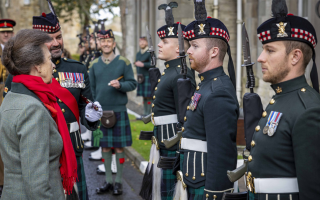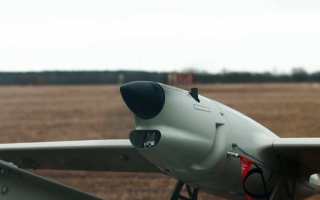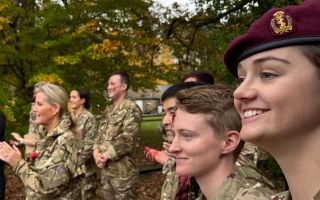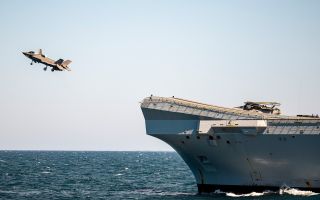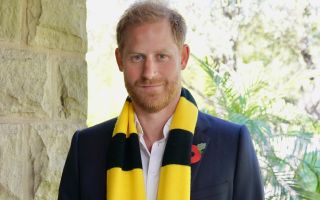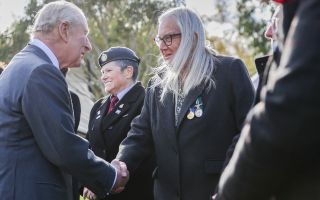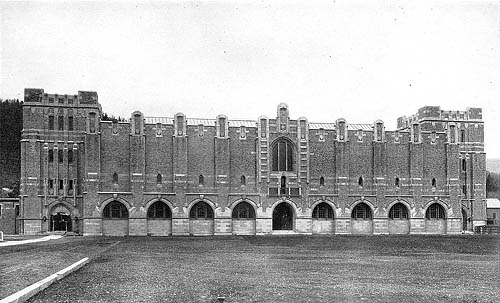
The Eggnog Riot: When The Military Took Its Festive Fun Too Far

The United States Military Academy in West Point, New York, is today renowned as one of the most disciplined educational facilities in America.
But in 1826, it was a very different story.
In a bid to quell his rowdy student body’s debauched Christmas celebrations, the school’s superintendent Colonel Sylvanus Thayer cut off the Academy’s supply of alcohol.
He imposed a rule stating that the purchase, storage and consumption of alcohol was strictly prohibited within West Point.
Not surprisingly, these radical new sanctions prompted a rebellion.
A group of West Point students, including Jefferson Davis who would later become president of the Confederacy, smuggled in four gallons of whiskey from a local tavern.
As they unloaded at the dock, they bribed the soldier standing guard to turn his back while they unloaded their cargo.
Others prepared for the illicit party by stealing food from the mess hall.
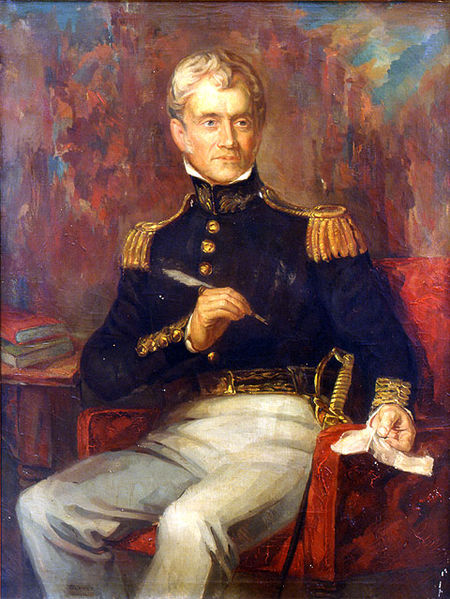
Although Thayer suspected that there might be mischief, he took only the usual precautions of assigning to guard officers to the North Barracks, who went to bed at midnight with no trouble to report.
Later that night, however, Captain Ethan Allen Hitchcock was awoken by the sound of drunken revellers.
On investigation, he discovered six or seven drunken cadets, who he swiftly ordered to bed.
But as he went to leave, he heard a second party taking place next door, where he found two cadets hiding beneath a blanket, one of whom was so drunk that he refused to remove the hat with which he was hiding his face.
As the argument grew increasingly heated, one of the cadets declared:
“Get your dirks and bayonets and pistols if you have them. Before this night is over, Hitchcock will be dead!”
Soon after, chaos ensued and the infamous West Point eggnog riot began.
Between 70 and 90 cadets are thought to have taken part, and although thankfully no one was killed, two officers were assaulted and a great deal of damage done to the Academy buildings themselves.
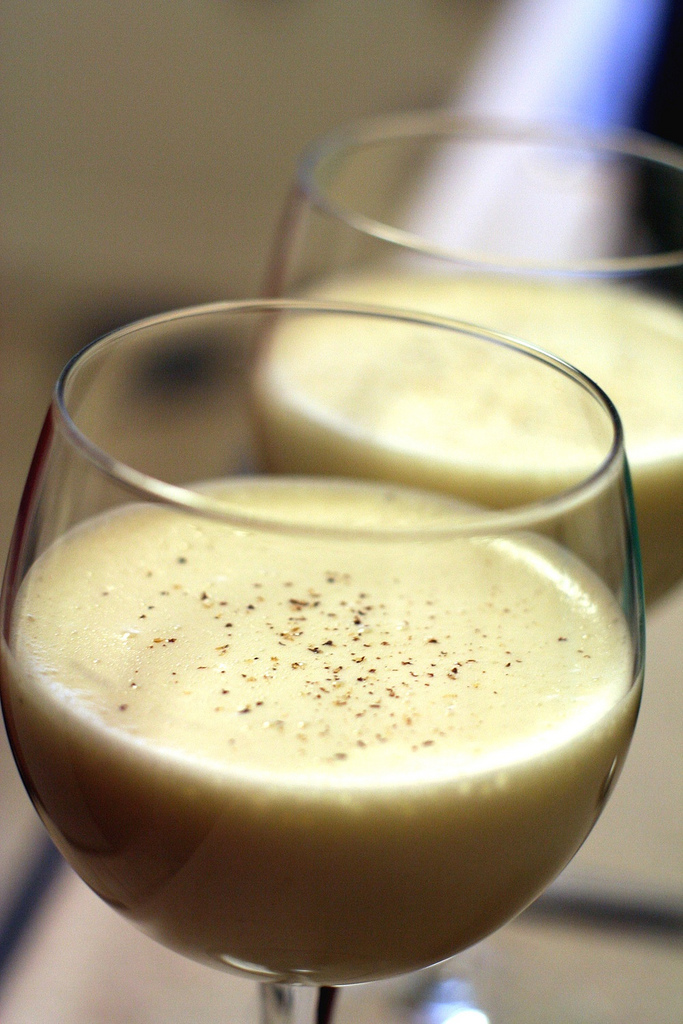
At 6 am, reveille sounded along with gunfire and the sound of profanity for drunken cadets, many of whom managed to make it, albeit in a subdued state, to company call at 6:20, with the North Barracks in a state of total disarray.
To shield the Academy from further rumours of its unruly reputation, superintendent Thayer targeted only the core organisers of the riot, which resulted in the expulsion of just 19 of those involved.
Such was the impact of the 'Eggnog Riot' that, in 1840 when the buildings were remodelled, they were designed to prevent future rioting.
The new building ensured that cadets had to leave the building in order to access other floors, preventing them from gathering in large numbers.
Although nothing of the like has occurred since the Eggnog riot of 1826, its memory lives on as something of a Christmas legend amongst its modern-day recruits.
More: How British Soldiers' Rations Have Changed Over The Last 100 Years

